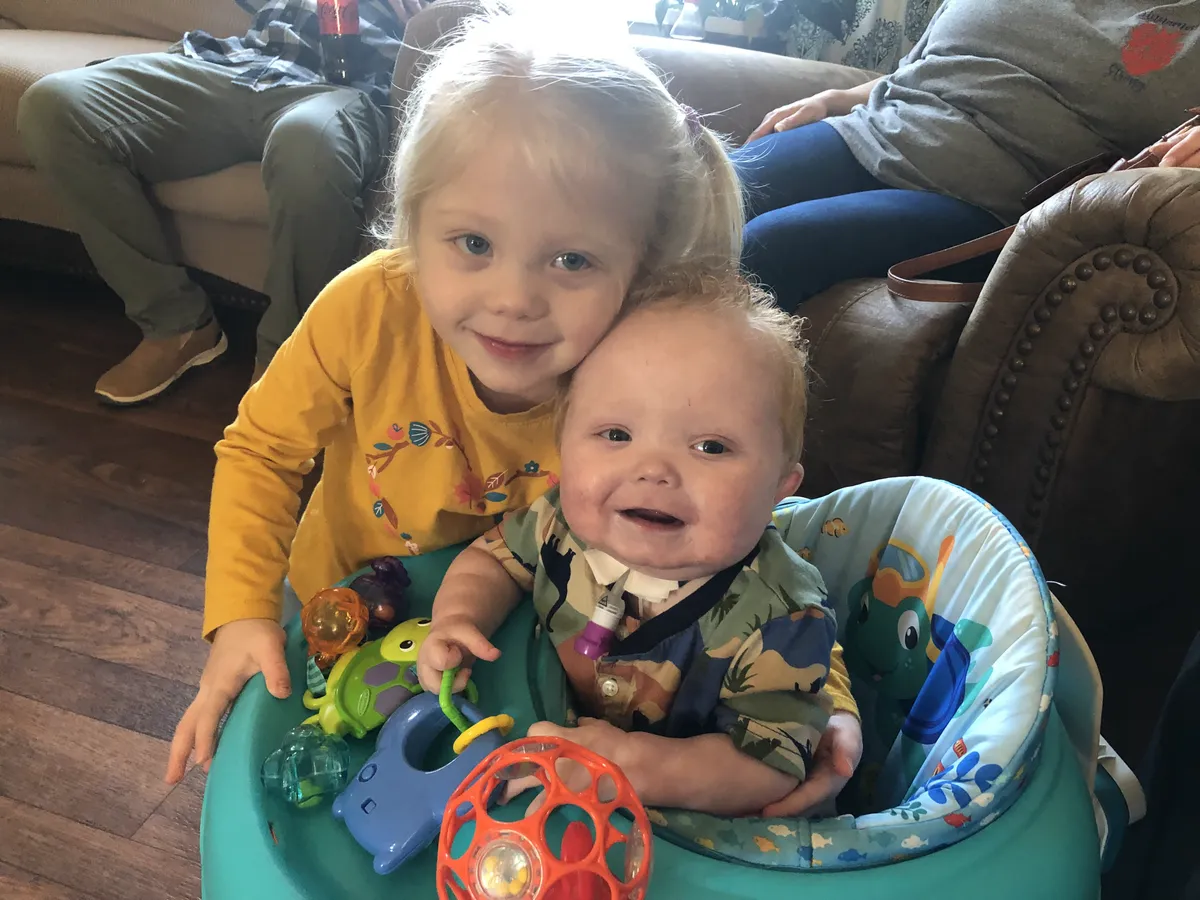A baby born with severe heart defects is recovering well after becoming the first ever recipient of a pioneering new transplant technique carried out at Duke University in North Carolina, USA.
Easton Sinnamon was born with several heart defects as well a deficiency in his thymus - a gland found behind the breastbone that plays a key role in the immune system by creating a type of white blood cells known as T-cells. His condition left him in need of a heart transplant and a thymus tissue transplant.
Under currently available procedures, transplanted hearts have an average lifespan of between 10 and 15 years thanks to the damaging effects caused by the immunosuppressant drugs used to prevent them from being rejected.
Read more about transplants:
- Collagen used as a bio-ink to 3D print heart
- Robotic hybrid heart beats like a real organ
- Artificial hearts made from magnets and titanium could save many lives
However, researchers at Duke have been pioneering a technique of using donated thymus tissue to increase the possibility of a transplanted organ being accepted.
As the thymus gland stimulates the production of T-cells, which attack foreign substances that enter the body, implanting tissue taken from the thymus gland of the same donor as the transplanted organ could help the body to accept it.
The approach has shown promise in previous animal studies, but Easton’s rare combination of conditions led to the researchers attempting it on a human subject for the first time.
“This has the potential to change the face of solid organ transplantation in the future,” saidJoseph W Turek, Duke’s chief of paediatric cardiac surgery and a member of the surgical team.
“If this approach proves successful – and further validation is contemplated – it would mean transplant recipients would not reject the donated organ and they would also not need to undergo treatment with long-term immune-suppression medications, which can be highly toxic, particularly to the kidneys.
“This concept of tolerance has always been the holy grail in transplantation, and we are now on the doorstep.”

Easton received both procedures in August 2021 when he was six months old and as of 172 days since is said to be doing well.
“It was one of those things where it could help him, and if it works, it not only helps him, but it could help thousands of other people as well with their children who need transplants,” said Easton’s mother, Kaitlyn.
“When we talked about it, it was like ‘Why would we not do it when we can make a difference for all these other people?’”